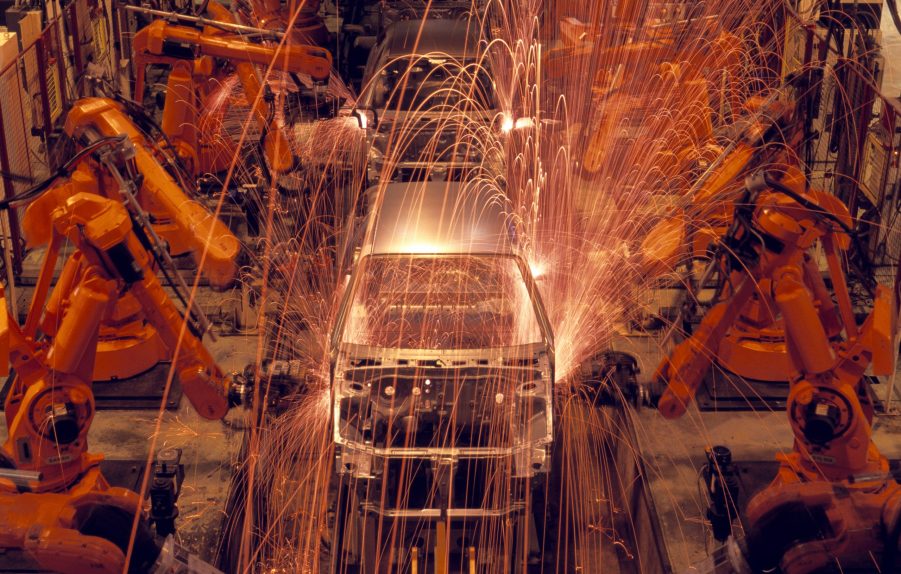
Auto Disruption: First the Pandemic, Then Chips, Now This
Well, not all of the news can be good news. Just as we are seeing daylight with the microchip shortages and both cases and deaths from COVID-19 are slowing down, we have a new problem. And it is not only affecting the auto sector. It is affecting almost everything from food to deliveries and manufacturing. Parts and services are the next auto disruption one-two punch.
The disruption in the auto industry won’t happen immediately

For the immediate future the need for labor, especially in the auto sector, will remain as it is. But slowly, as electric vehicles take over, those manufacturing jobs won’t exist. Electric vehicles take far fewer parts to produce and require less maintenance and repair. That means we’re looking at millions of jobs that won’t exist in 10 years or less.
The Bureau of Labor Statistics says there are 4.7 million people involved in some aspect of the building, buying, selling, or repairing of vehicles. Things like glass, body stamping, paint, and tires will remain. And aspects like the development, manufacturing, and maintenance of batteries will only increase.
Auto disruption means things like engines, exhaust, and gasoline won’t be needed anymore

But gasoline, oil, exhaust, and engine parts won’t be needed. Radiators will still be manufactured to cool batteries, but not to the extent they are needed now. Catalytic converters and the entire exhaust system will be but a memory. The auto disruption won’t happen right away, but after 10 or 12 years there won’t be very many gas-powered vehicles left as daily drivers.
Right now, the heads of companies to entire unions are vying for what the aftermath will look like. The United Auto Workers union is working toward controlling battery production. “You can like it or not like it — it’s coming,” said Local 600 President Bernie Ricke to Autoblog. “We know that President Biden understands that, as we move forward, our workers will not be left behind,” he said. “We know that President Biden has our back.”
Auto unions are readying for the big labor disruption

The union is planning on an eventual loss of 35,000 jobs, so moves like making batteries will only be a small slice of relief. But the unions also see that with GM and Stellantis having taken taxpayer money to survive back in the Great Recession, they owe taxpayers protection. One way is keeping jobs in the US. It is just plain reciprocation.
Other sectors are seeing a similar cut in jobs. The Motor & Equipment Manufacturers Association thinks it will lose, at a minimum, over 100,000 of 300,000 jobs in the changeover. These shifts have occurred over hundreds of years.
This has been happening for hundreds of years

Cars themselves displaced horses and buggies in the early 20th century. Slightly before that electrification arrived tanking steam power, gas lighting and maintenance, and related sectors. More recently, plastics dropped steel demand. Train travel almost died from airline proliferation and cheaper fares.
So extreme auto disruption is coming, but not before the time to prepare, reinvest, and for those workers on the line, to seek and complete vocational training.



